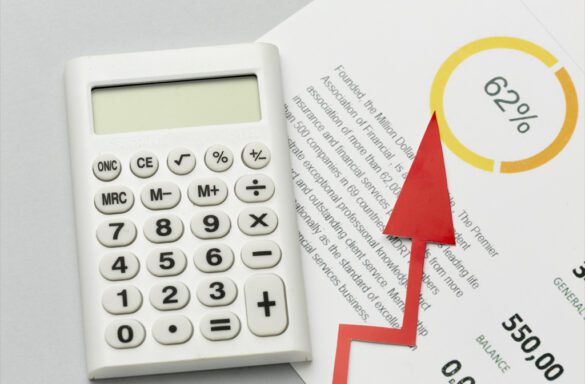Math and science often involve experiments and results. Sometimes, your measured value is not the same as the true value. That is where the percent error formula comes in. This formula helps you compare the accuracy of your result with the expected answer. It looks tricky at first, but once you understand it, solving problems becomes much easier.
In this article, you will learn what the formula is, why it matters, and how to use it in real-life situations. To make it even better, we will also share examples and common mistakes to avoid. By the end, you will feel more confident about applying it to your own work.
What is the Percent Error Formula?
The percent error formula is a method that shows how far off your answer is from the correct or accepted value. It gives you a percentage, which is easier to understand than just looking at the difference. Because of this, both students and scientists use it to check accuracy.
In simple words, it compares what you found to what you should have found. The smaller the percent error, the closer you are to the correct value. On the other hand, a higher percent error means your result is less accurate. Therefore, it is a tool that helps measure reliability.
The Basic Percent Error Formula
The most common percent error formula is:
Percent Error = (|Experimental Value – True Value| ÷ True Value) × 100
This formula uses absolute value, which means negative signs are removed. As a result, you only get positive numbers for percent error. This is important because errors are not about direction but about size.
When you use this formula, you follow three easy steps. First, subtract the true value from the measured value. Next, divide that difference by the true value. Finally, multiply the result by 100. This way, you turn the difference into a clear percentage.
Why Do We Use the Percent Error Formula?
Understanding why the percent error formula matters helps you appreciate its value. In school experiments, mistakes can happen due to tools or methods. Using this formula allows you to measure those mistakes in a fair way. It shows not just that there was an error, but also how big it was compared to the correct value.
In addition, it helps improve future work. Once you know how much error exists, you can adjust your tools or techniques. Because of this, students, teachers, and scientists rely on it to track progress and make their results more reliable.
Examples of the Percent Error Formula
Let’s see how the percent error formula works in real life. Suppose the true weight of a block is 50 grams, but you measure it as 47 grams. Subtract 47 from 50, which gives you 3. Now divide 3 by 50, which equals 0.06. Multiply by 100, and you get a percent error of 6%.
Here’s another example. If the correct boiling point of water is 100°C but you record 98°C, the difference is 2. Divide 2 by 100, and you get 0.02. Multiply by 100, and the percent error is 2%. This shows that your measurement is fairly close to the real value.
Common Mistakes When Using Percent Error Formula
While the percent error formula is simple, mistakes can happen. One common mistake is forgetting to use the absolute value. If you leave the negative sign, the result can be misleading. Therefore, always make sure to remove it before multiplying by 100.
Another mistake is dividing by the wrong value. Remember, you must divide by the true value, not the experimental one. Using the wrong number can change the result completely. Because of this, double-check your steps before finishing the calculation.
How the Percent Error Formula Helps in Daily Life
You may think the percent error formula only belongs in classrooms, but it is useful in daily life too. For example, if you cook and your recipe says 200 grams of sugar but your scale shows 190 grams, you can quickly check how big the error is. This helps you see if the difference is small or large enough to matter.
Likewise, in sports and fitness, you may track distances or weights. If your running app says 5.2 km but the actual track is 5 km, you can calculate the percent error. As a result, you know how close your device is to the correct measurement.
Final Thoughts
The percent error formula is more than just a math equation. It is a simple way to measure how accurate your results are. Since it gives a percentage, it is easy to understand and compare. With practice, you can use it not only in science but also in daily activities.
If you want to improve your skills, try solving a few problems every week. Above all, remember that learning from errors is part of growth. With the percent error formula, you can turn mistakes into lessons and progress.
FAQs
Q1: What is the percent error formula?
It is (|Experimental Value – True Value| ÷ True Value) × 100.
Q2: Why do we use percent error?
It shows how close a measured value is to the correct one.
Q3: Can percent error be negative?
No, because absolute value makes the result positive.
Q4: Is a smaller percent error always better?
Yes, a smaller percent error means your result is closer to the true value.
Q5: Where is percent error used?
It is used in science, school labs, cooking, sports, and even business.
For more read: Procurementnation.com Contact – Easy Ways to Reach the Team

